How To Polish a Car
A gleaming, polished car is a thing of beauty. It turns heads, reflects pride of ownership, and protects the underlying paint. But achieving that perfect shine requires more than just grabbing some wax and giving it a quick rub. Polishing is a meticulous process, and the key to success lies in the details. Here are our top 11 tips to ensure your car polishing endeavors result in a showroom-worthy finish:
Preparation
How to Polish a Car
Technique
How to Polish a Car
Maintenance
How to Polish a Car
Inspection
How to Polish a Car
Protection
How to Polish a Car

01.
Prep Work is Key
Be a Masking Master
Before diving in, protect any plastic trim, rubber moldings, headlights, taillights, and emblems with masking tape. This creates a clean barrier and prevents accidental damage or discoloration from polishes and compounds
Think Small, Achieve Big
For optimal control and focused application, it's best to work on a manageable section at a time. Aim for a 2ft x 2ft area. This allows you to maintain proper technique and ensures even coverage throughout the polishing process.
02.
Polishing Technique, Finesse over Force
Let the Machine Do the Talking
Keep the polisher flat and level against the car's surface. This allows the machine's dual-action motion to work its magic. Avoid applying excessive downward pressure; a light touch with your thumb is all that's necessary to guide the polisher.
Start and Stop with Care
Always start and stop the polisher with the polisher resting on the car's surface. This prevents splattering of polish or compound, which can create unwanted mess and potentially require additional cleaning.


03.
Maintaining Peak Performance
Cleanliness is Next to Shineliness
A dirty polishing pad is an enemy to a perfect finish. Regularly clean the pad using a dedicated pad cleaner or brush to remove built-up polish residue. If the pad becomes heavily soiled or clogged, swap it for a fresh one to maintain optimal polishing performance.
Less is More
While it might seem tempting to pile on the polish for faster results, resist the urge. Overloading the pad with polish can lead to uneven application, difficulty in buffing off, and potentially even marring the paint. A pea-sized amounts of polish is usually sufficient for a 2ft x 2ft area.
04.
Seeing Clearly is Polishing Wisely
Lighting Up the Flaws
Proper lighting is crucial for effective paint assessment. Work in a well-lit area or utilize additional lighting, such as work lights or a dedicated swirl finder light, to clearly identify scratches, swirls, and imperfections before and after polishing.


05.
The Power of Protection
Protection Beyond the Polish
After all your polishing efforts have resulted in a stunning finish, don't leave your car's paintwork exposed. Apply a high-quality wax, sealant, or ceramic coat to provide long-lasting protection against UV rays, environmental contaminants, and minor scratches.
06.
Bonus Tip
Patience is a Virtue
Polishing takes time and patience. Don't rush the process. Work methodically, focusing on achieving a flawless finish on each section before moving on to the next. By following these tips and investing the necessary time and effort, you can transform your car's paintwork from dull to dazzling, achieving that coveted showroom shine.


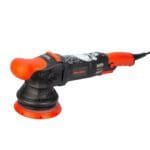 Dual Action Polisher
Dual Action Polisher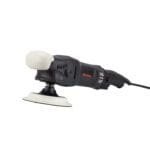 Rotary
Rotary Cordless Polisher
Cordless Polisher Car Polisher Accessories
Car Polisher Accessories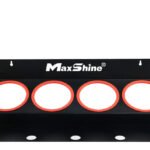
 Wall & Wheel
Wall & Wheel Detailing Brush Holders Compound Holders
Detailing Brush Holders Compound Holders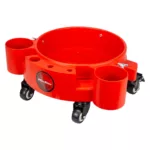 Dollies
Dollies Cart & Stool
Cart & Stool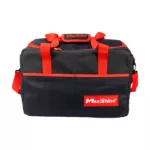 Detailing bags
Detailing bags Accessories
Accessories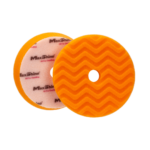
 Pad Kits
Pad Kits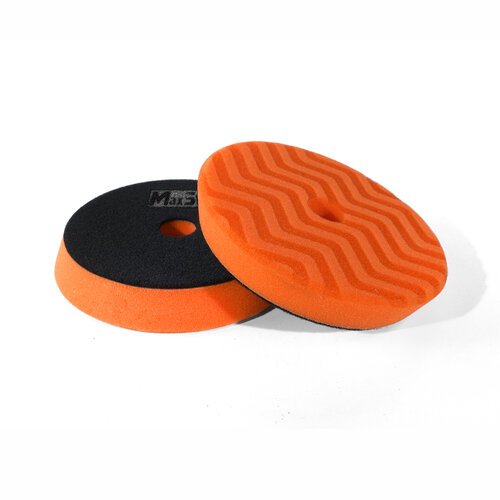 Foam Pads
Foam Pads High Pro
High Pro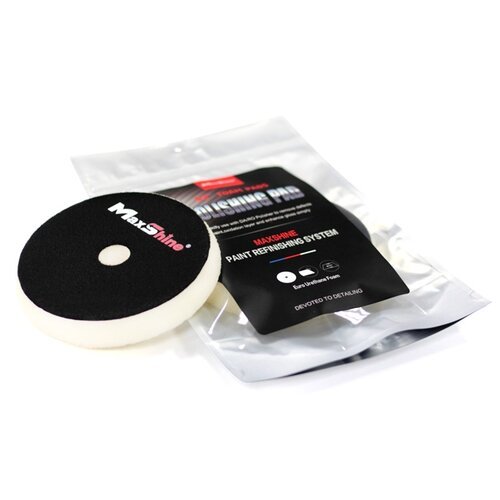 Medium Pro
Medium Pro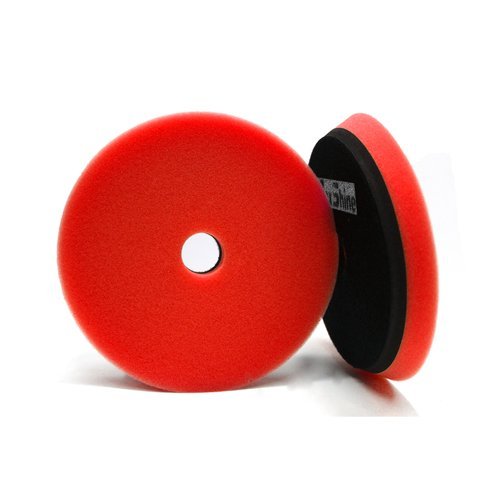 Low Pro
Low Pro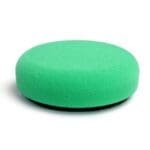 Flat
Flat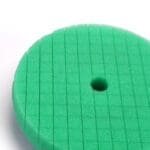 Cross Cut
Cross Cut Wool Pads
Wool Pads Microfiber Pads
Microfiber Pads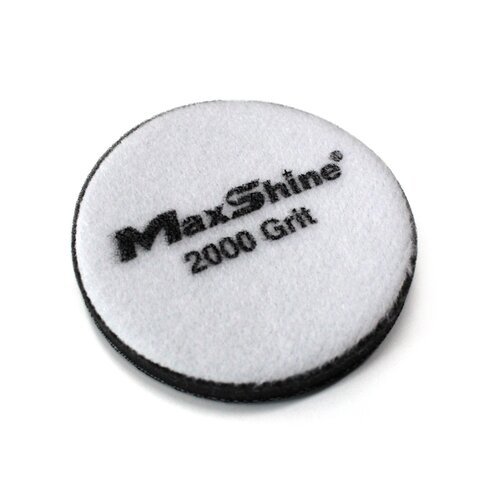 Orange Peel
Orange Peel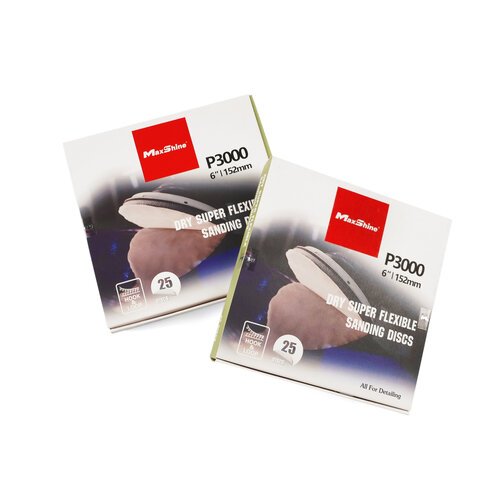 Sand paper
Sand paper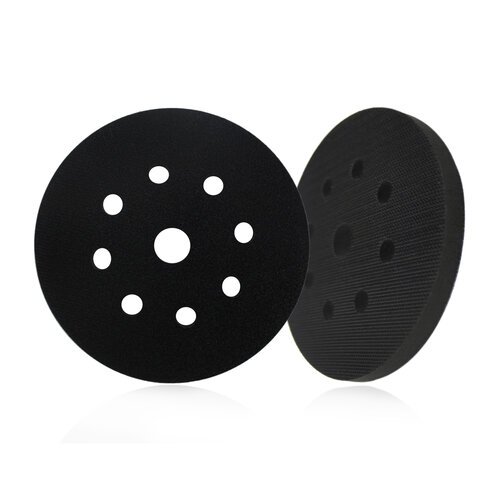 Foam Interface
Foam Interface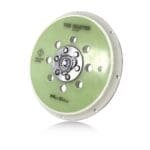
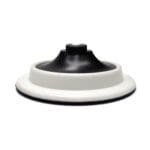 Rotary backing
Rotary backing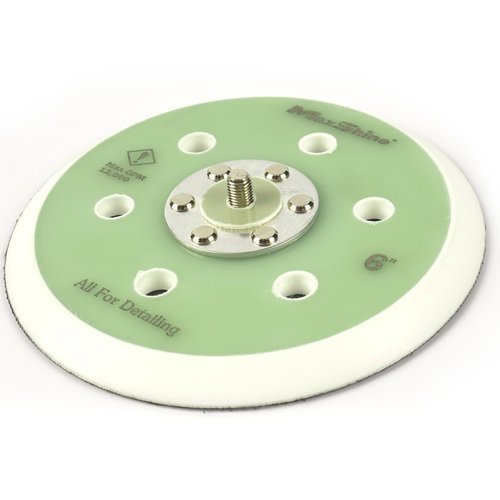 Dual action backing
Dual action backing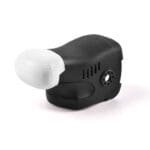
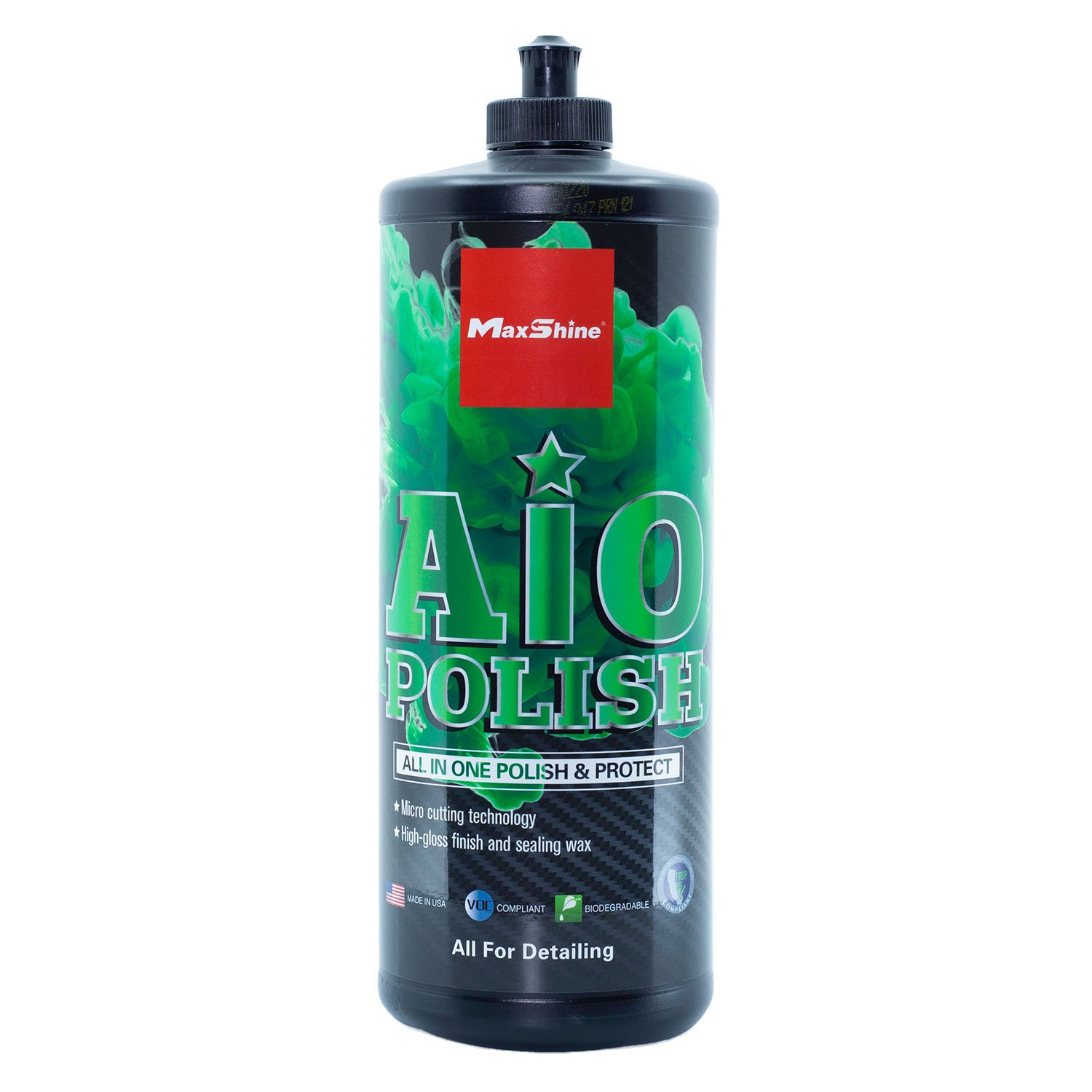
 Car Exterior Cleaning Chemicals
Car Exterior Cleaning Chemicals Wheel and Tire Cleaners
Wheel and Tire Cleaners Car Interior Care Chemical
Car Interior Care Chemical Paint Correction & Enhancement Chemicals / Compounds
Paint Correction & Enhancement Chemicals / Compounds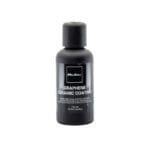 Paint Protection Chemicals
Paint Protection Chemicals
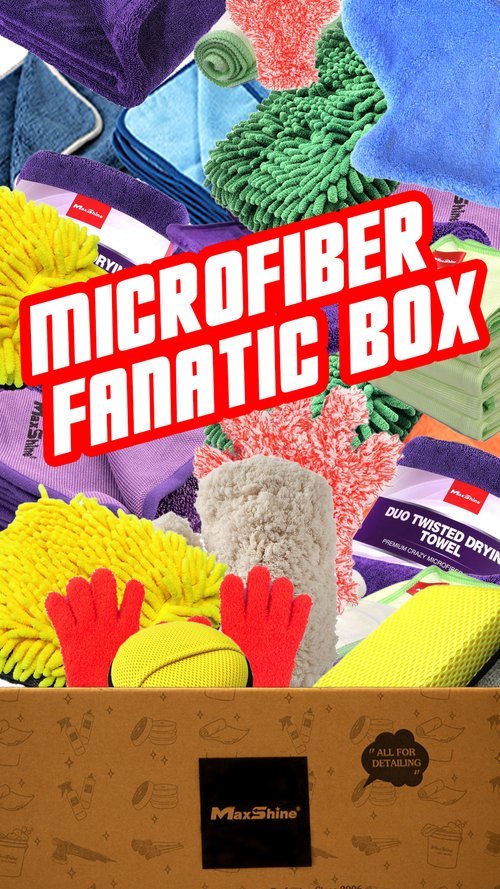 Subscription
Subscription Glass
Glass Polish Removal & Coating Leveling
Polish Removal & Coating Leveling Coating Buffing & Rinseless Wash
Coating Buffing & Rinseless Wash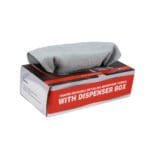 General Purpose
General Purpose Utility
Utility Suede
Suede Crazy Microfiber
Crazy Microfiber
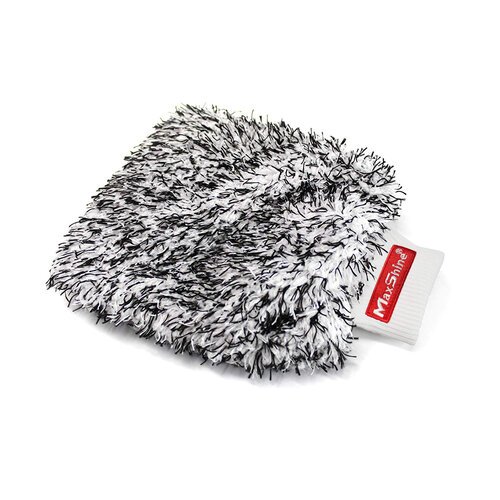 Mitts
Mitts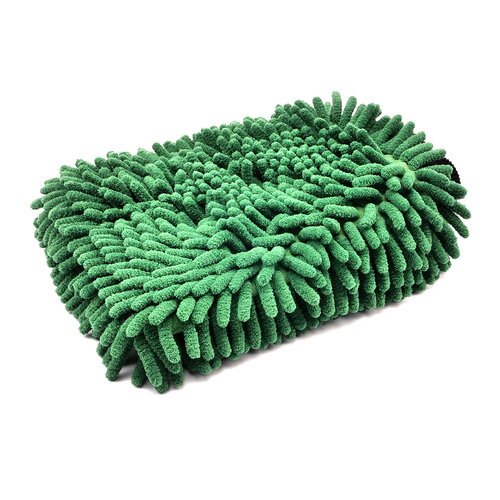 Pads
Pads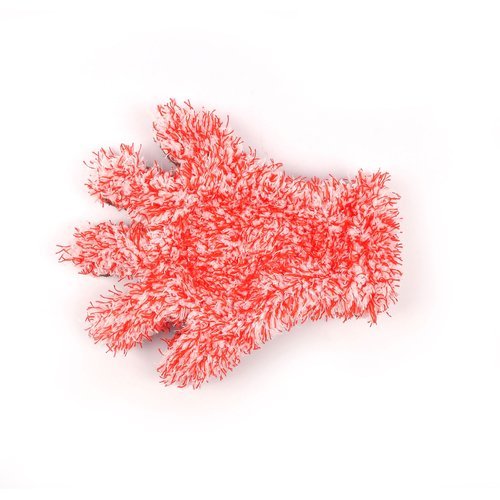 Gloves
Gloves Microfiber
Microfiber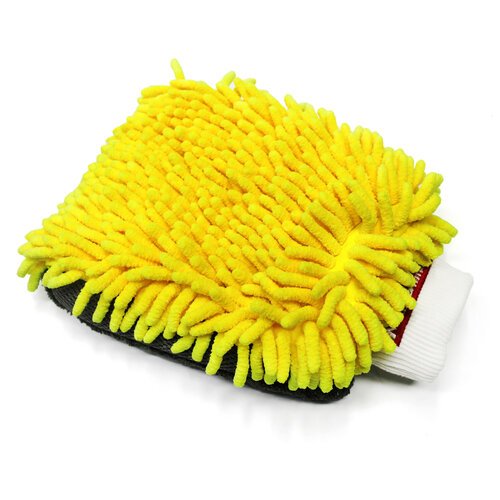 Chenille
Chenille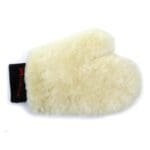 Wool
Wool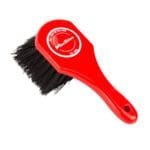
 Interior
Interior Exterior
Exterior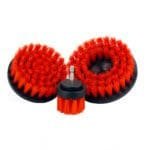 Carpet
Carpet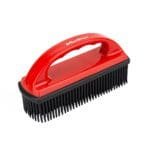 Pet Hair
Pet Hair Detail
Detail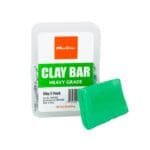
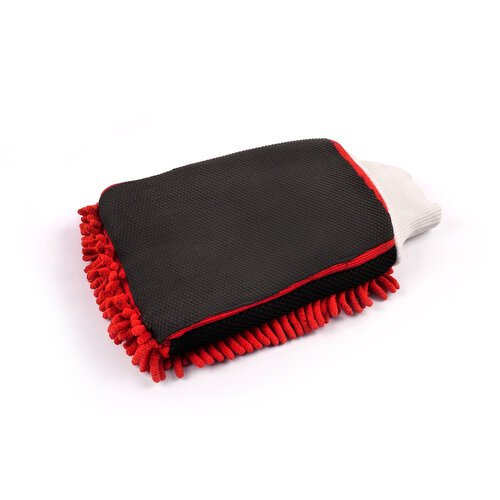 Clay Mitts
Clay Mitts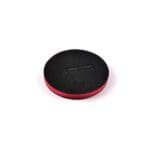 Clay pads
Clay pads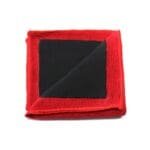 Clay towels & sponges
Clay towels & sponges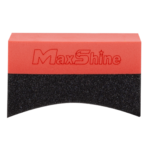
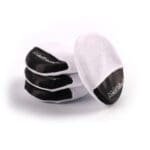 Ceramic
Ceramic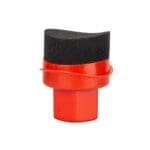 Tire
Tire
 Kits
Kits






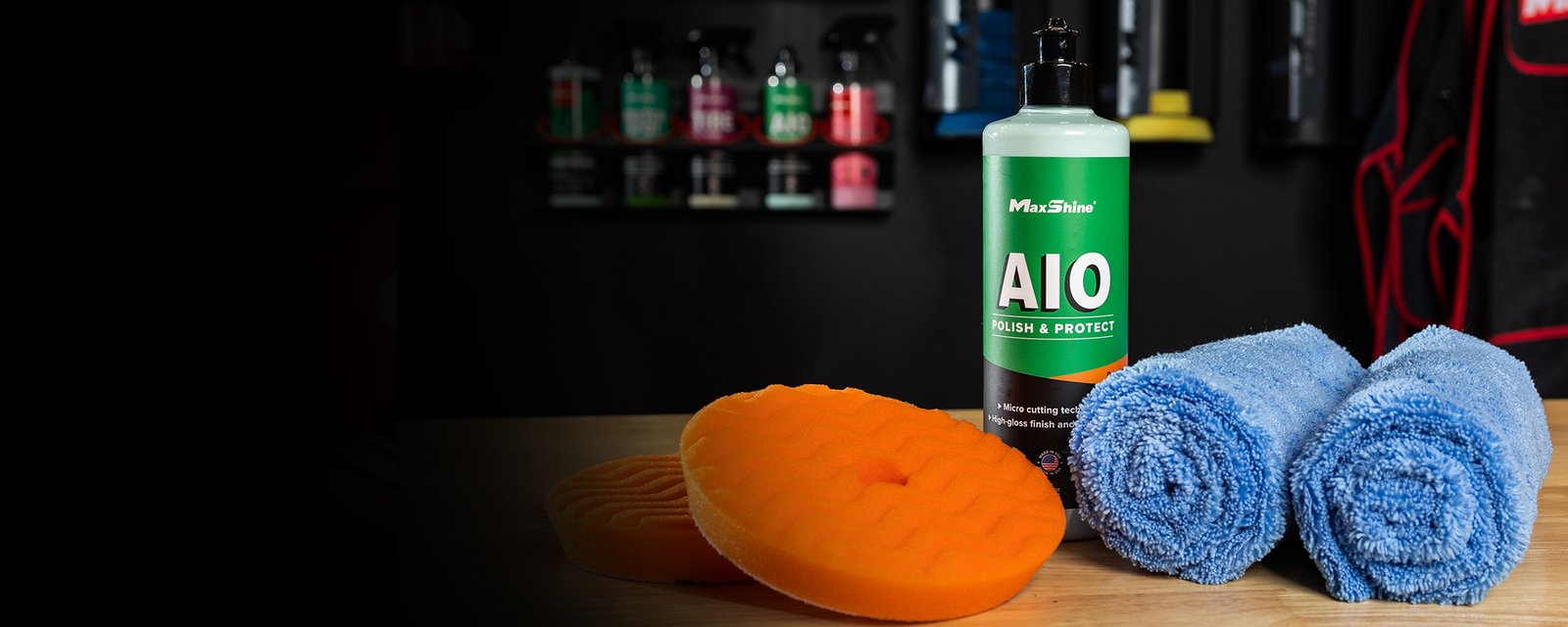


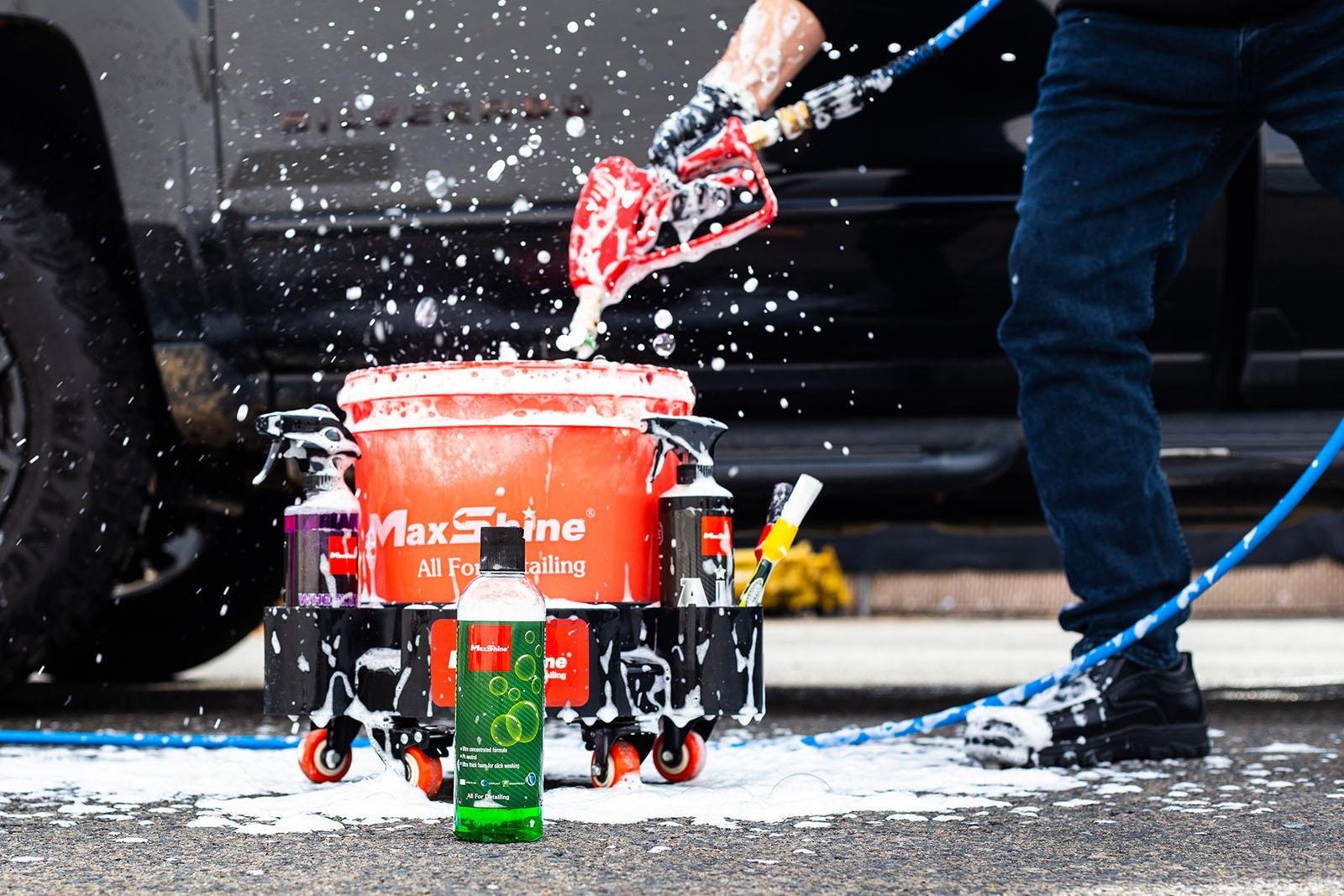
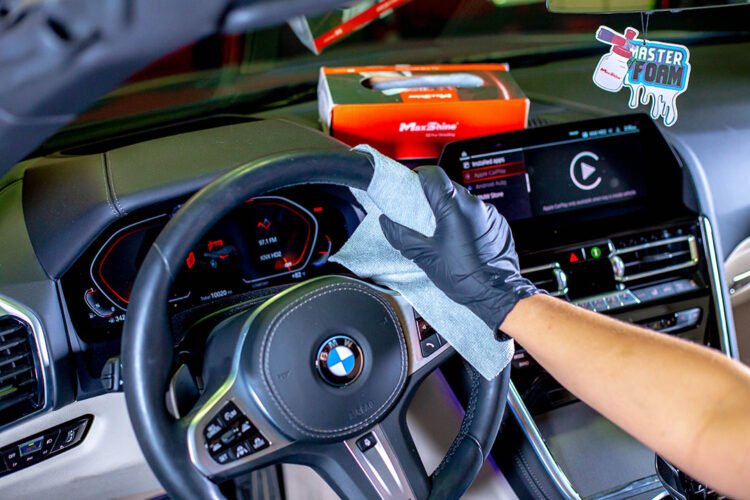
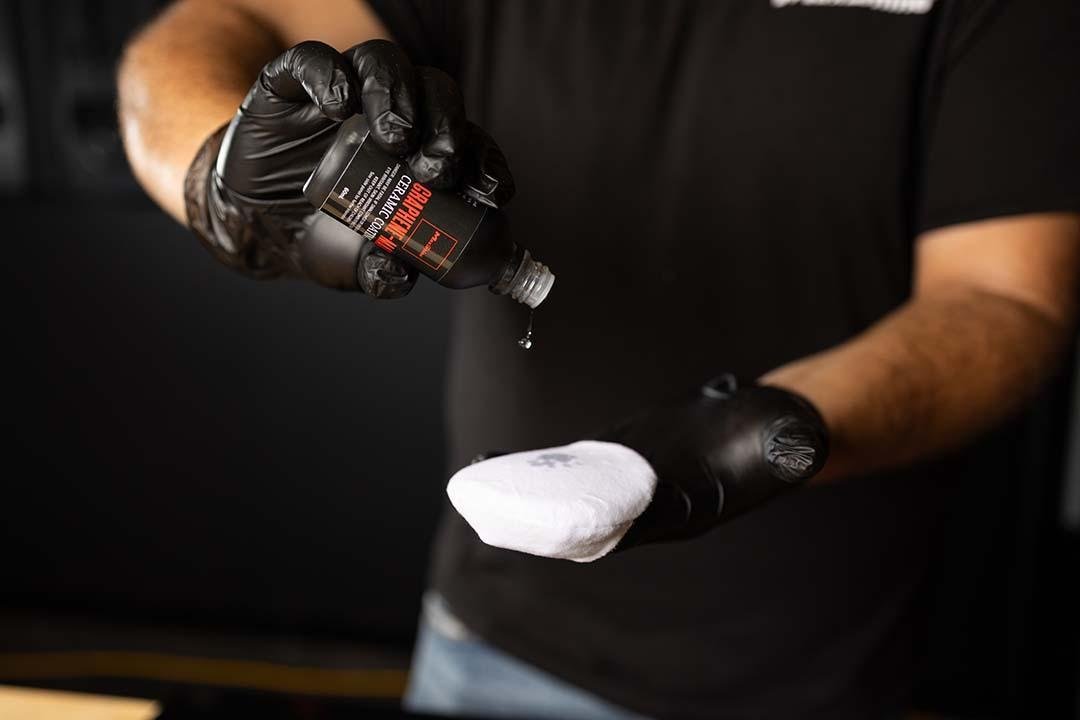


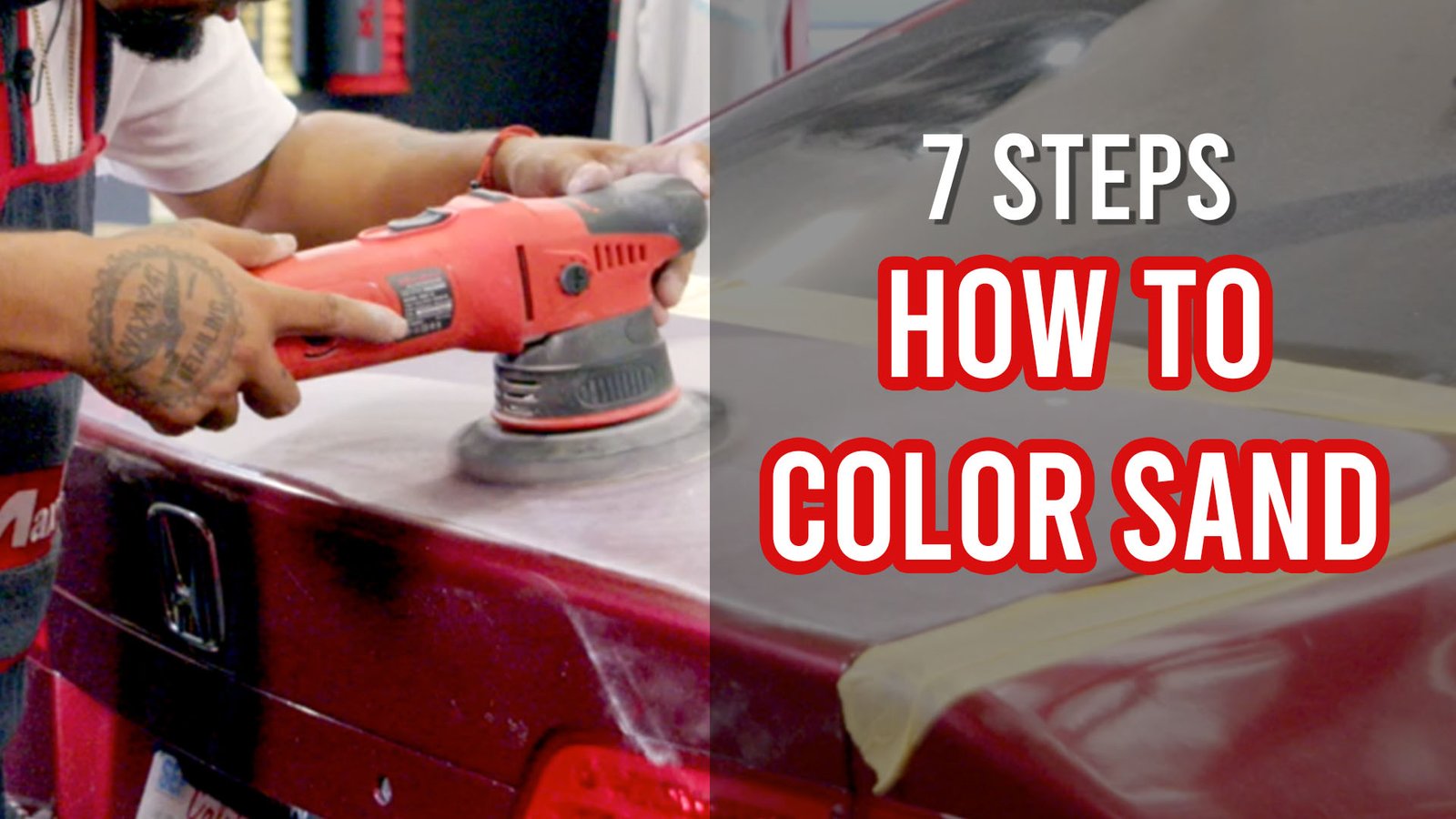
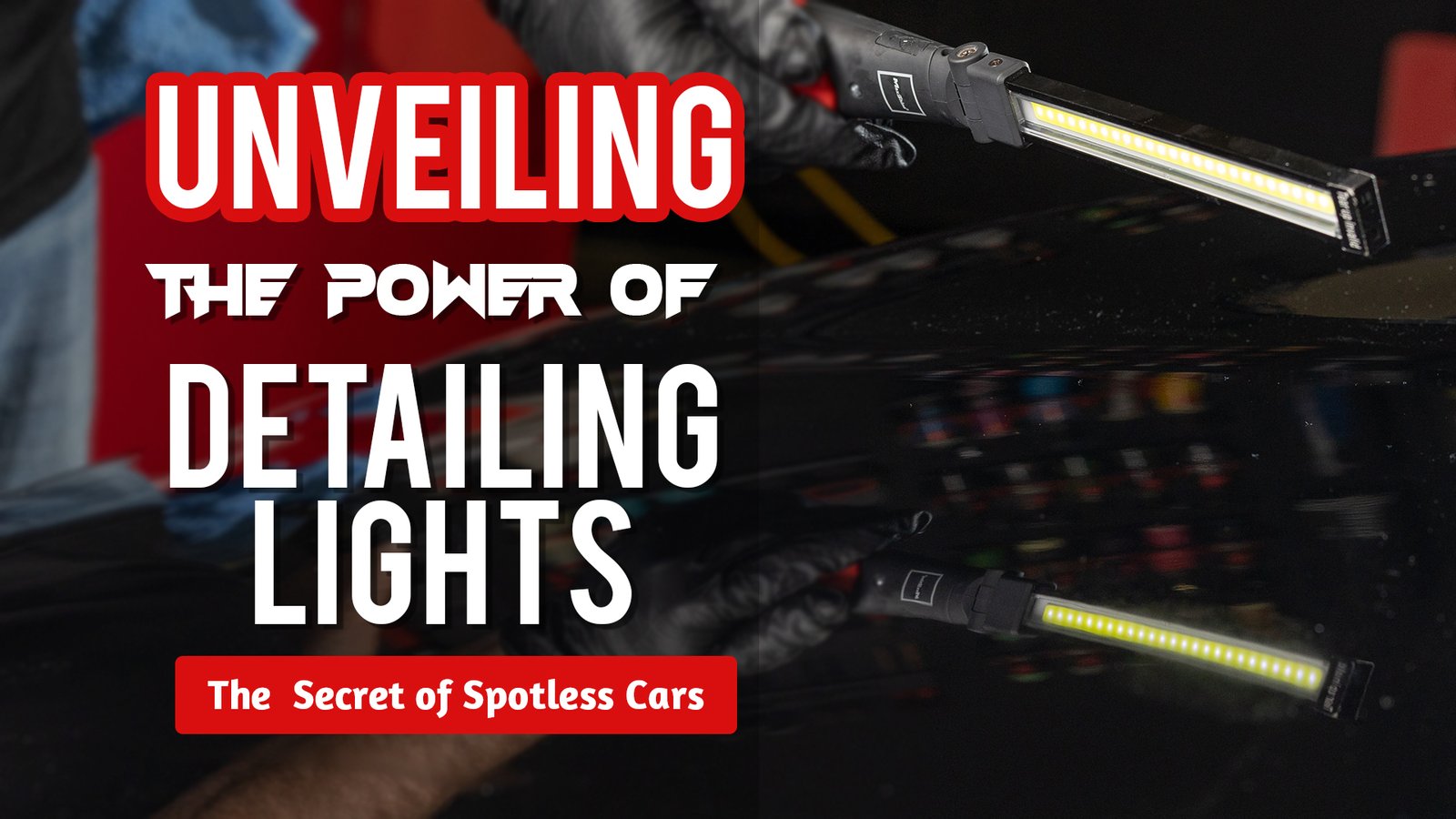
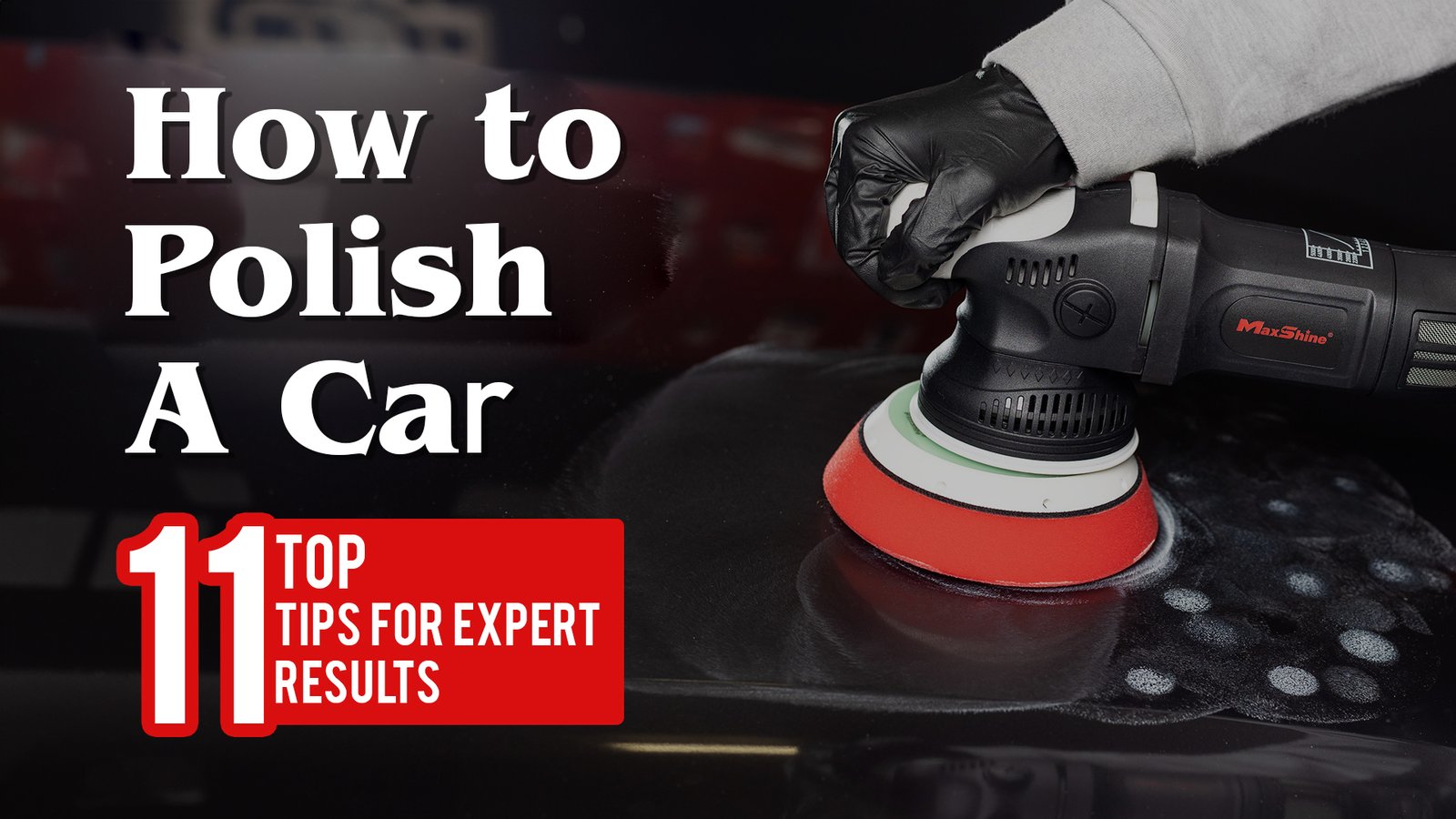
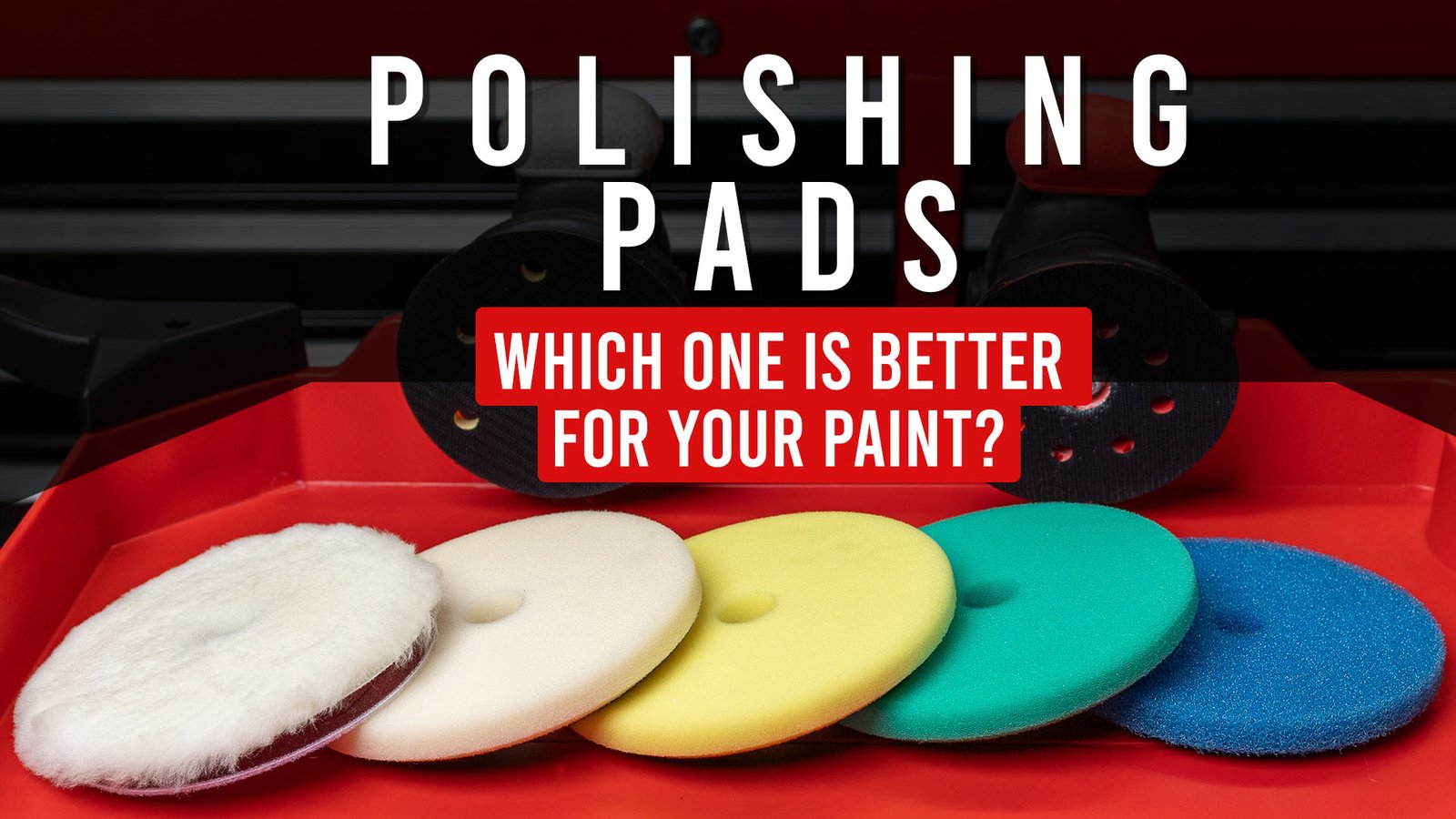
 Engine
Engine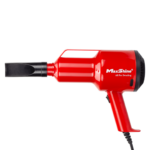

As a detailer getting into paint correction, this article was super useful! I love how you also added in a section on the sealant, which is equally as important.